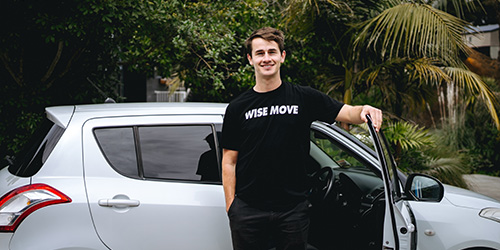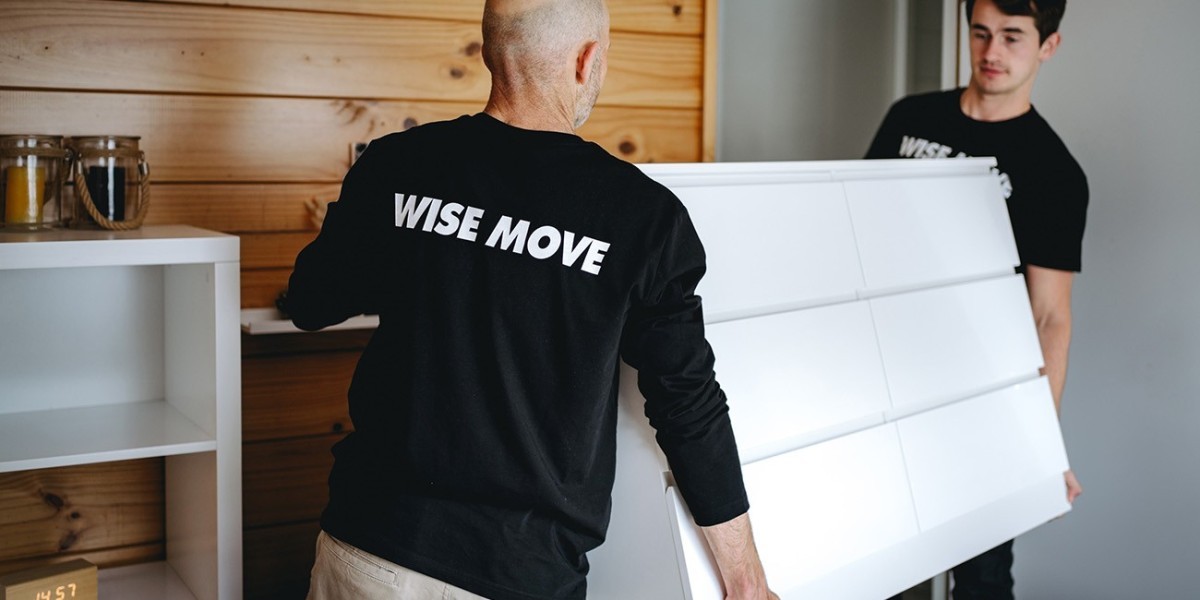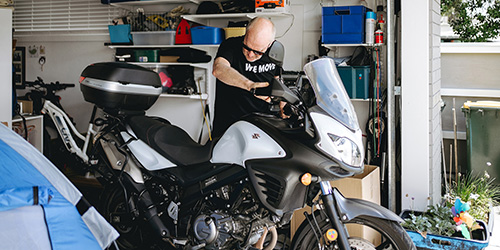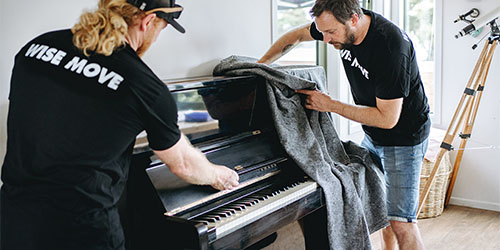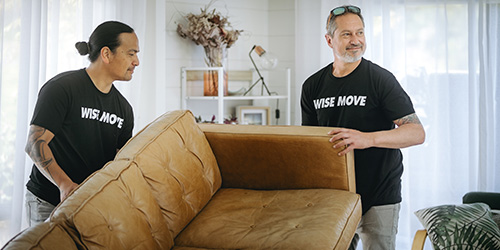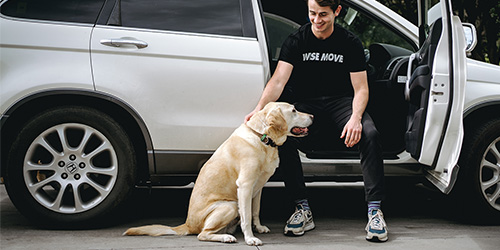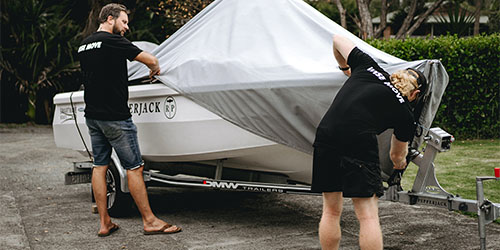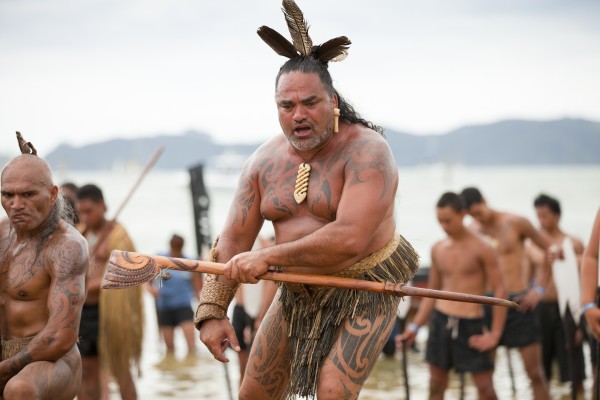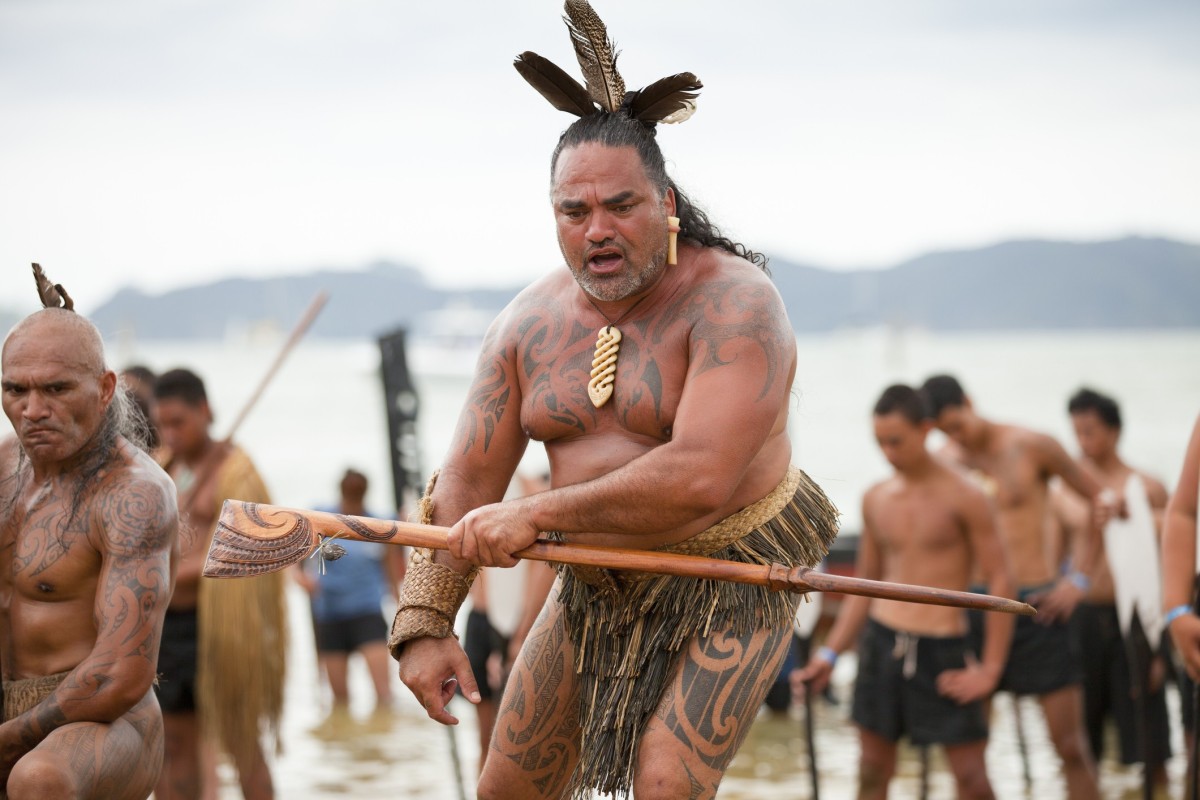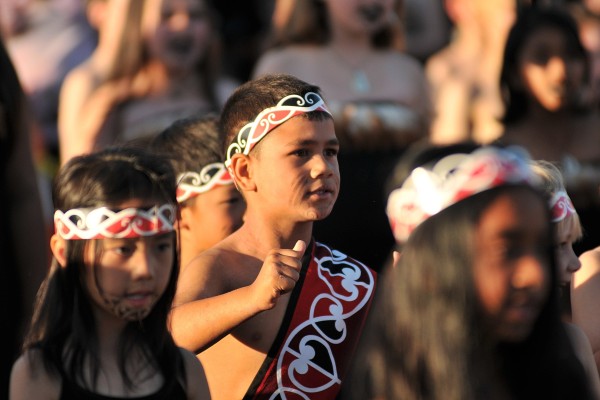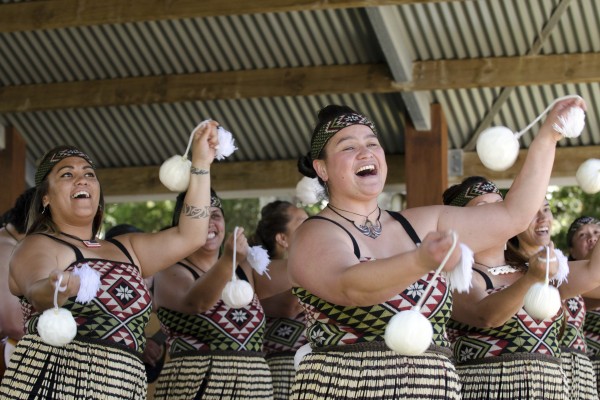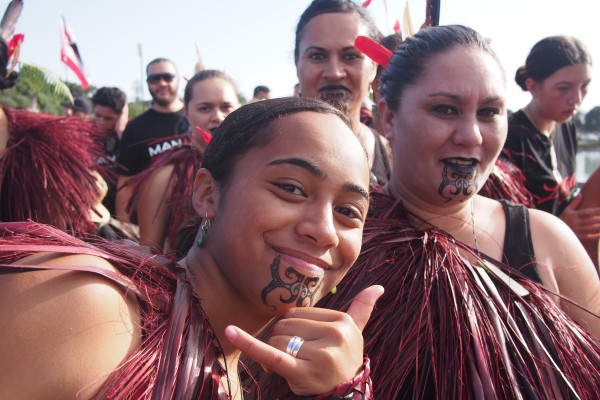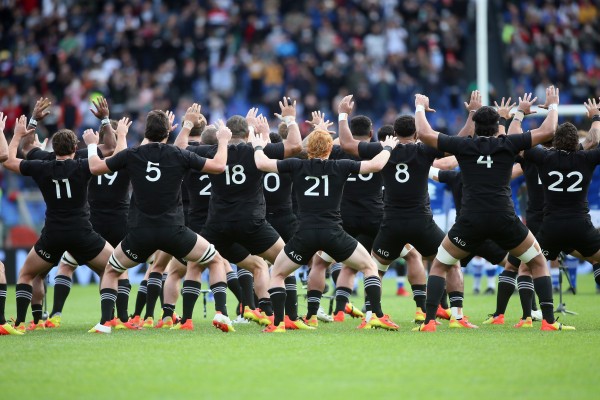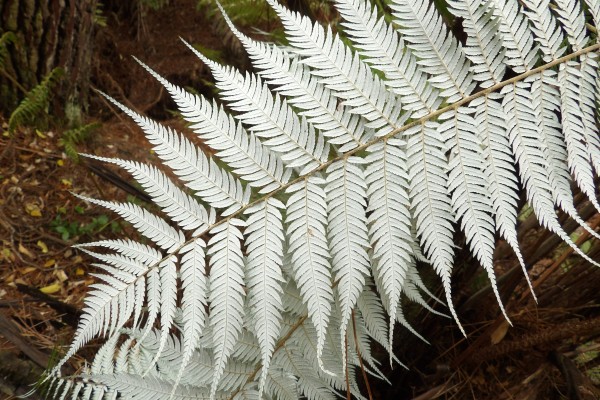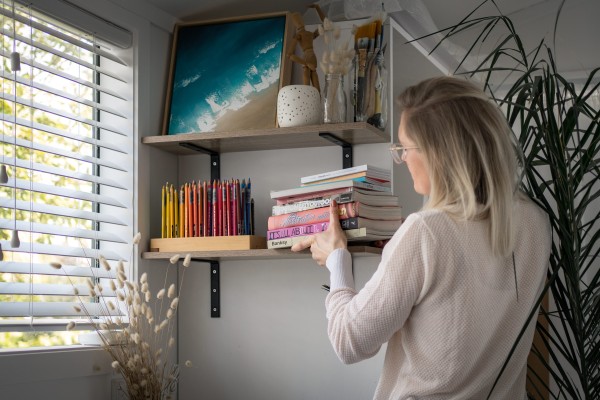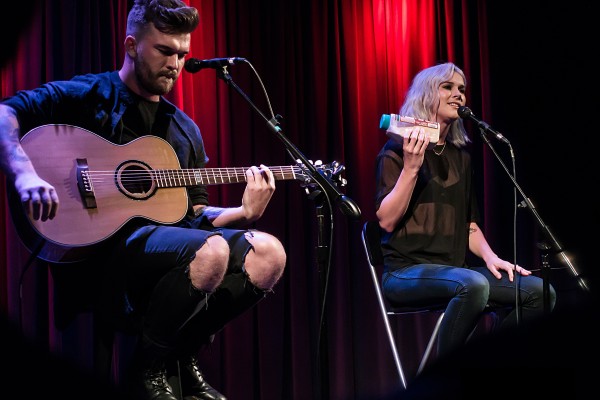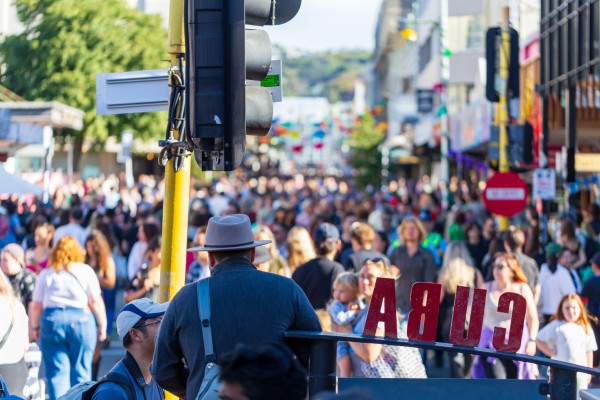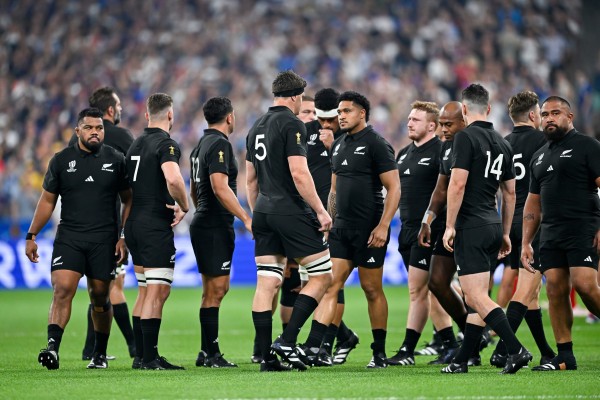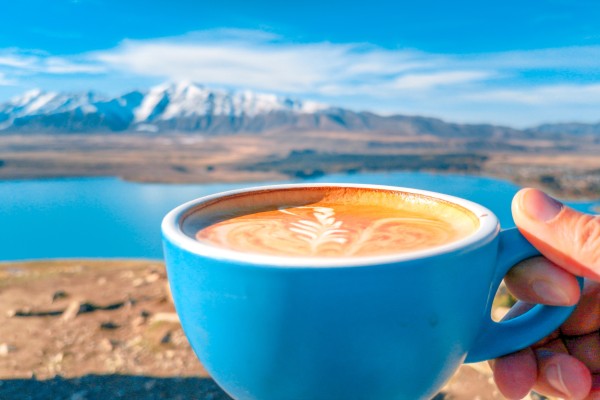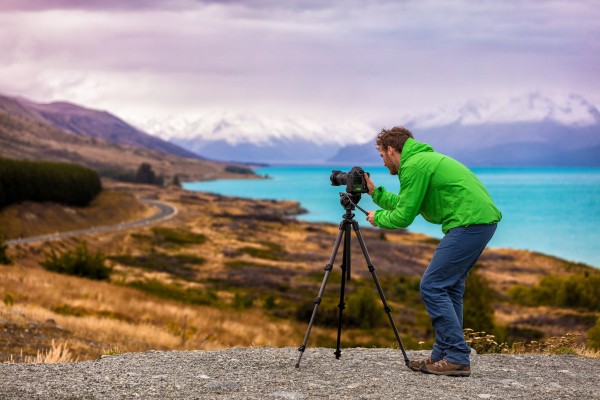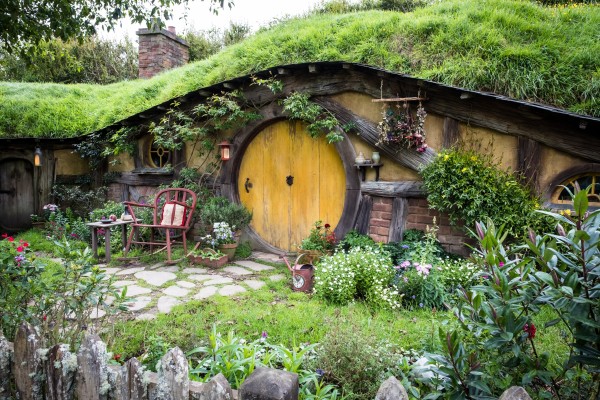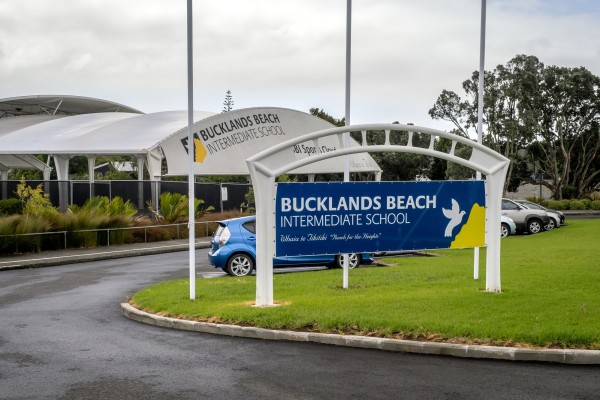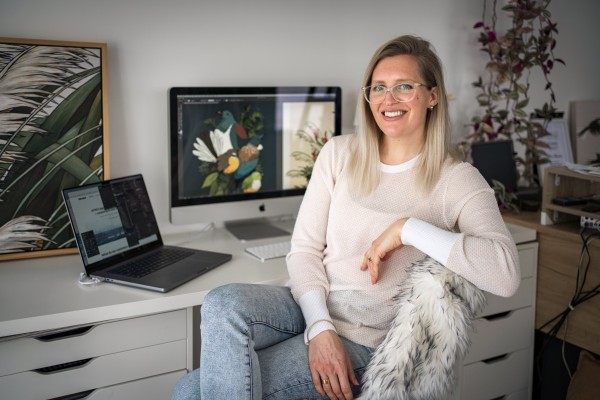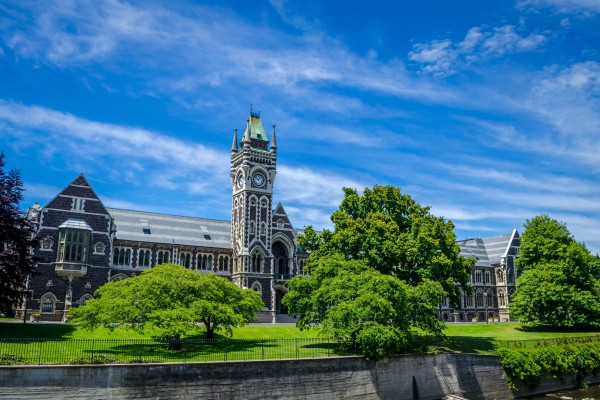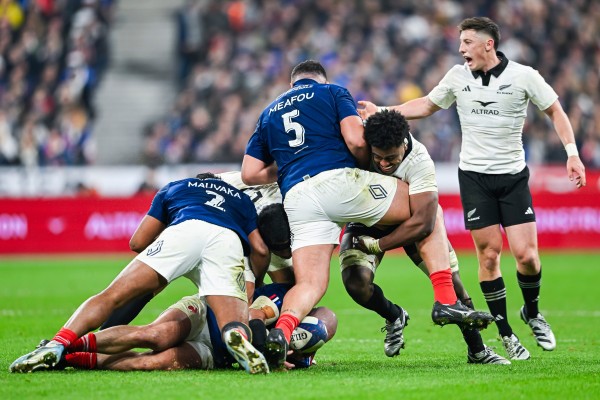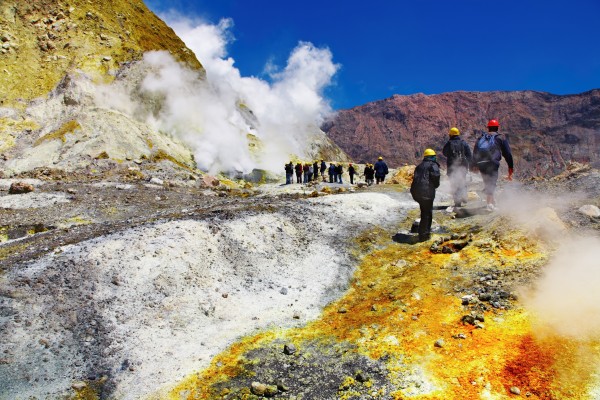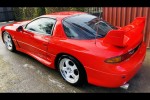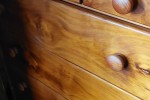The Māori art of tattoo: History, meaning and modern expression

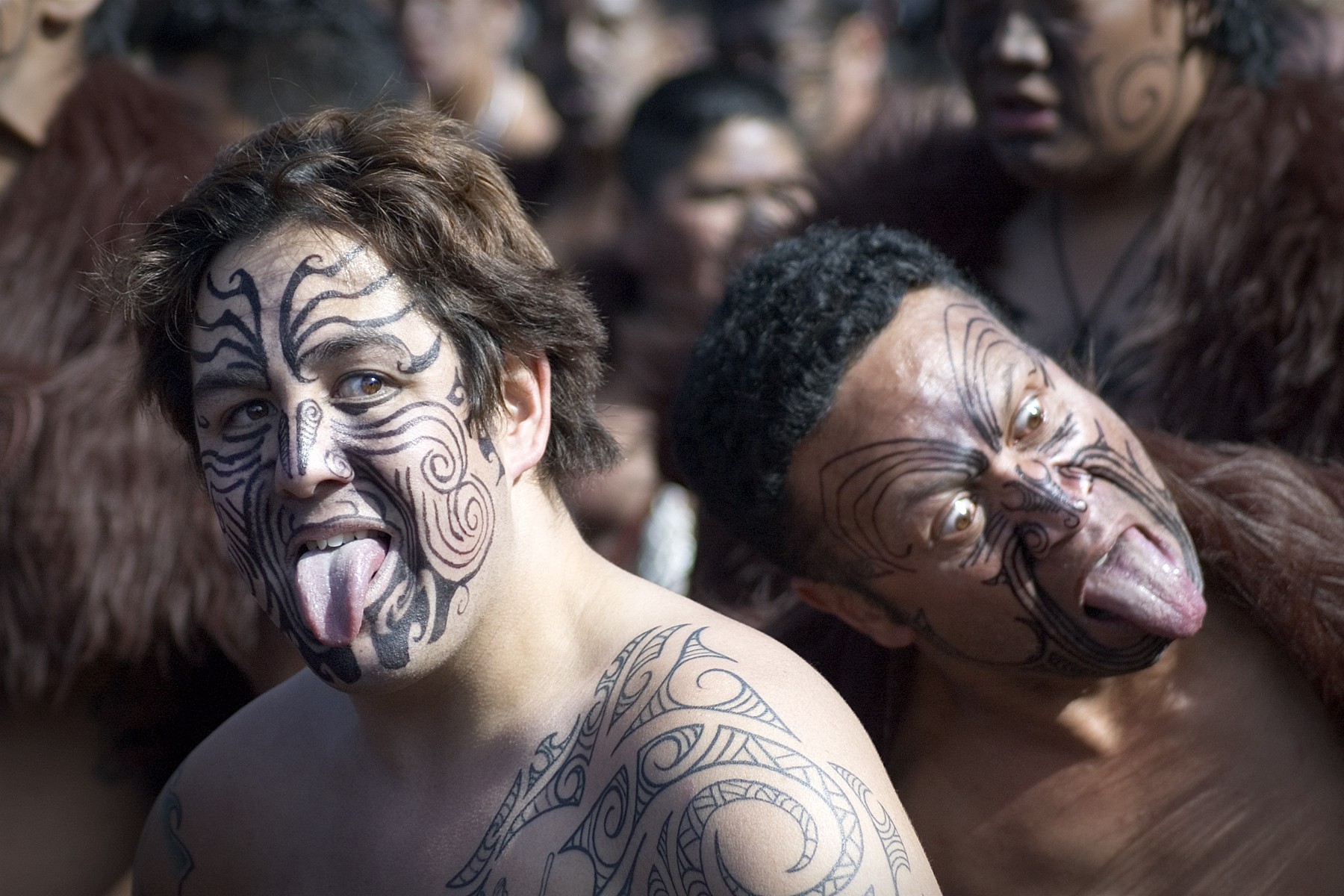
Tā moko - traditional Māori tattoos are an art form that has existed for hundreds of years. Today, modern tā moko is slightly different from the traditional art form as originally, only people of status were allowed to be adorned this way. However, both serve as an expression of identity for Māori.
The tattooing style is rooted in tradition, symbolising a person’s social status and standing within the community, history, and family connections.
Even today, tā moko tattoos tell a story of the wearer. They may include details of their family bonds (whanau), ancestral lineage (whakapapa), belonging within their community (iwi), or significant life moments hidden in the details.
What are the origins of Tā Moko?
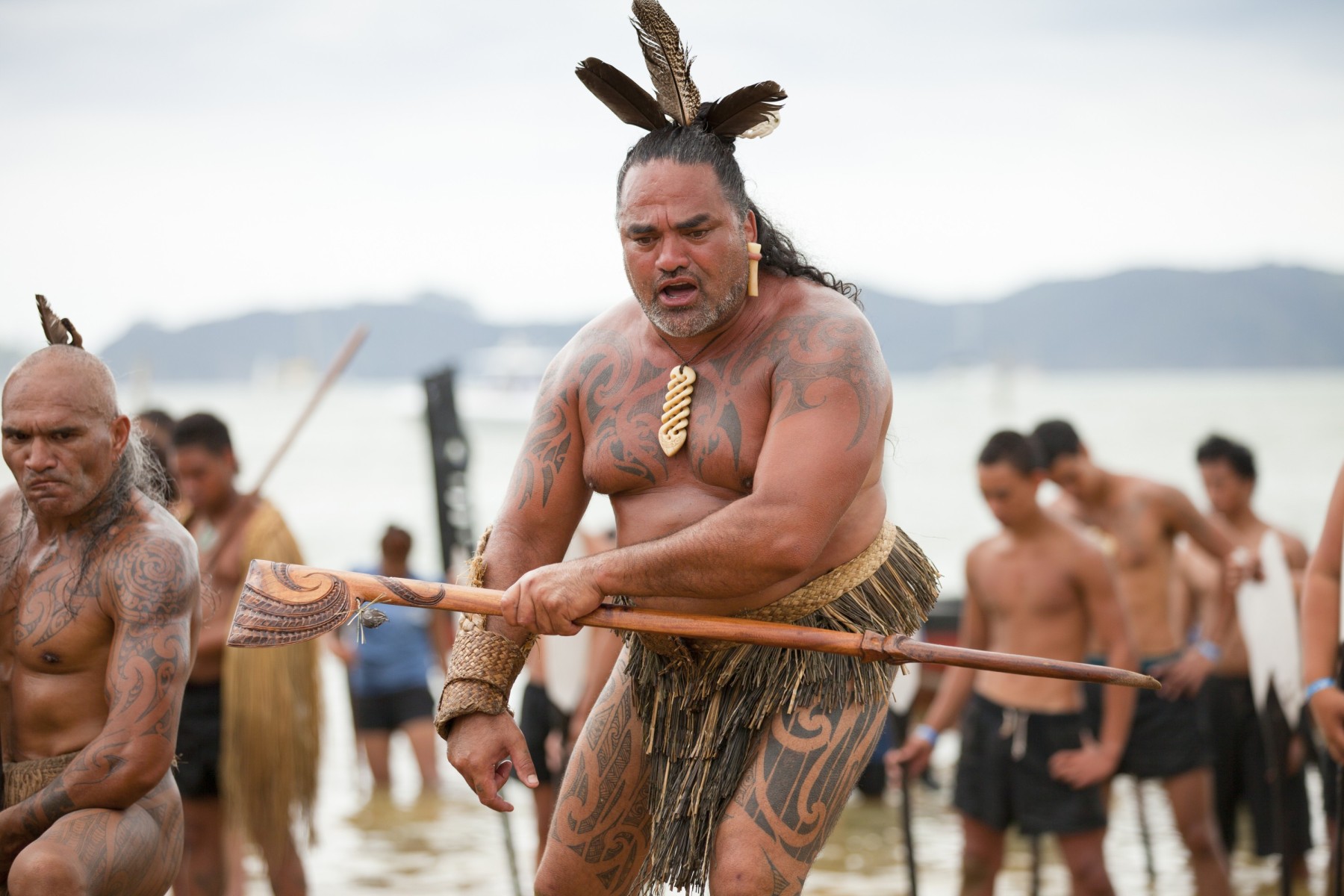
Traditionally, men were adorned with the mataora, a facial tattoo symbolising their place in society. In Māori culture, the head held great sacredness, and facial tattoos were of great significance. It was important that chiefs or people of high social status could be identified from their tattoos.
Women were adorned with moko kauae, tattoos on their lips and chin. A moko kauae represents a woman's connection to her whānau (family) and her leadership role within her community. It serves as a recognition of her whakapapa (genealogy), status, and capabilities. This tradition remains today and has been passed down through generations, originating from the myth of Niwareka.
Tā moko is also applied to other parts of the body, including the chest, arms, neck, back, stomach, and calves.
To achieve tā moko, Māori created small handheld tools from shark teeth, sharpened bones, or sharp stones to pierce the skin. The handles of these chisels were often made from albatross bones, and sometimes iron.
Inks were made from natural materials. Black pigments were created from burnt wood, while lighter pigments came from insects or burnt kauri gum mixed with animal fat. These pigments were stored in ornate containers called "oko," which often became cherished family heirlooms. When not in use, oko were commonly buried.
What was the traditional process like?
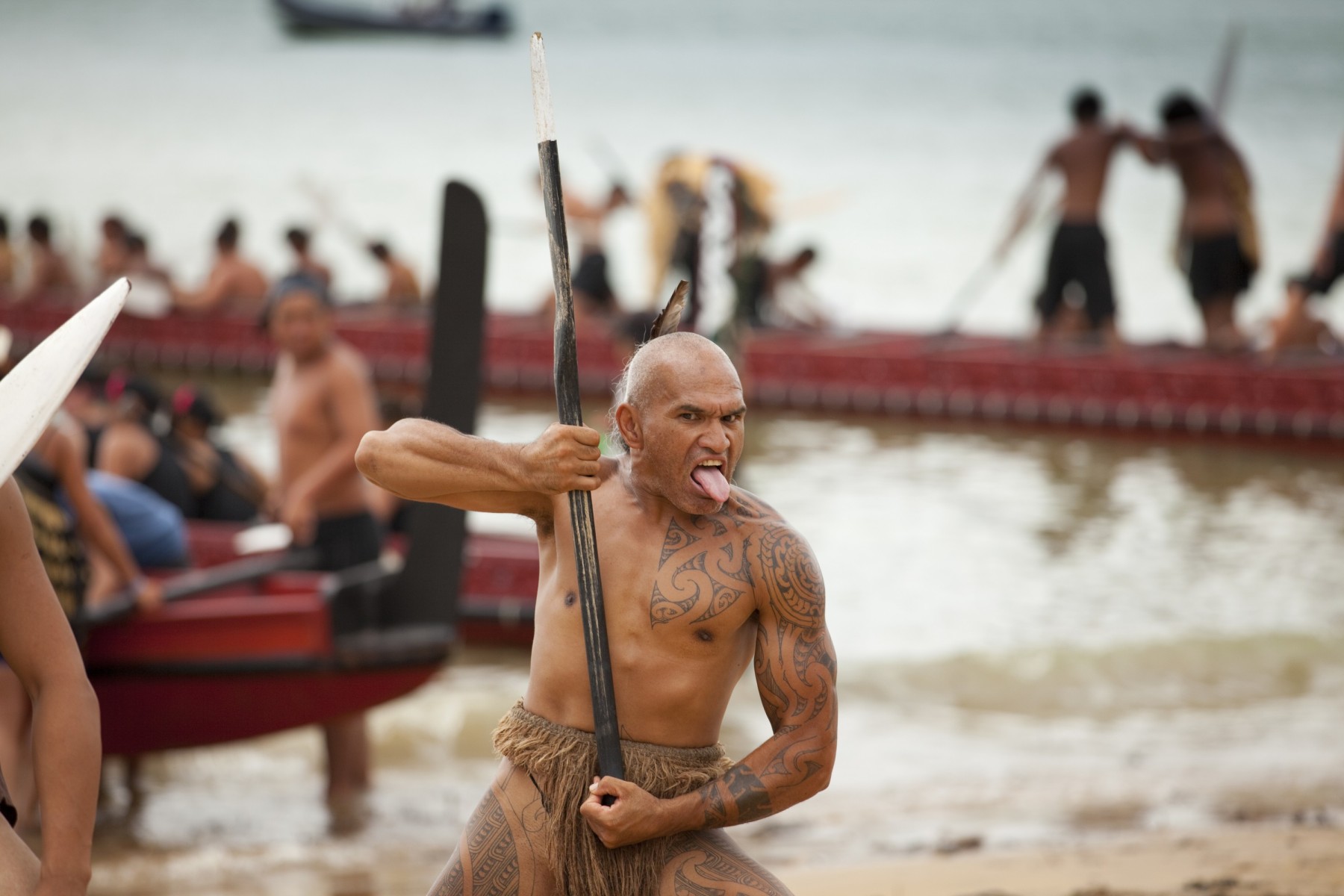
Getting a traditional Māori tattoo was a painful process. There was no pain relief and chiselling the skin was more painful than using a modern-day tattoo needle. Deep cuts were made in the skin, and a chisel dipped in pigment was tapped into these cuts. Another method involved dipping the chisel into a container of pigment then striking the chisel with a mallet. This would pierce the skin and transfer the pigment beneath it.
Traditional methods of tattooing took a long time because of the tools used and the pain endured by the wearer. As a result, only a few body parts were tattooed at once. This would give the wearer time to heal.
How has tattooing evolved today?
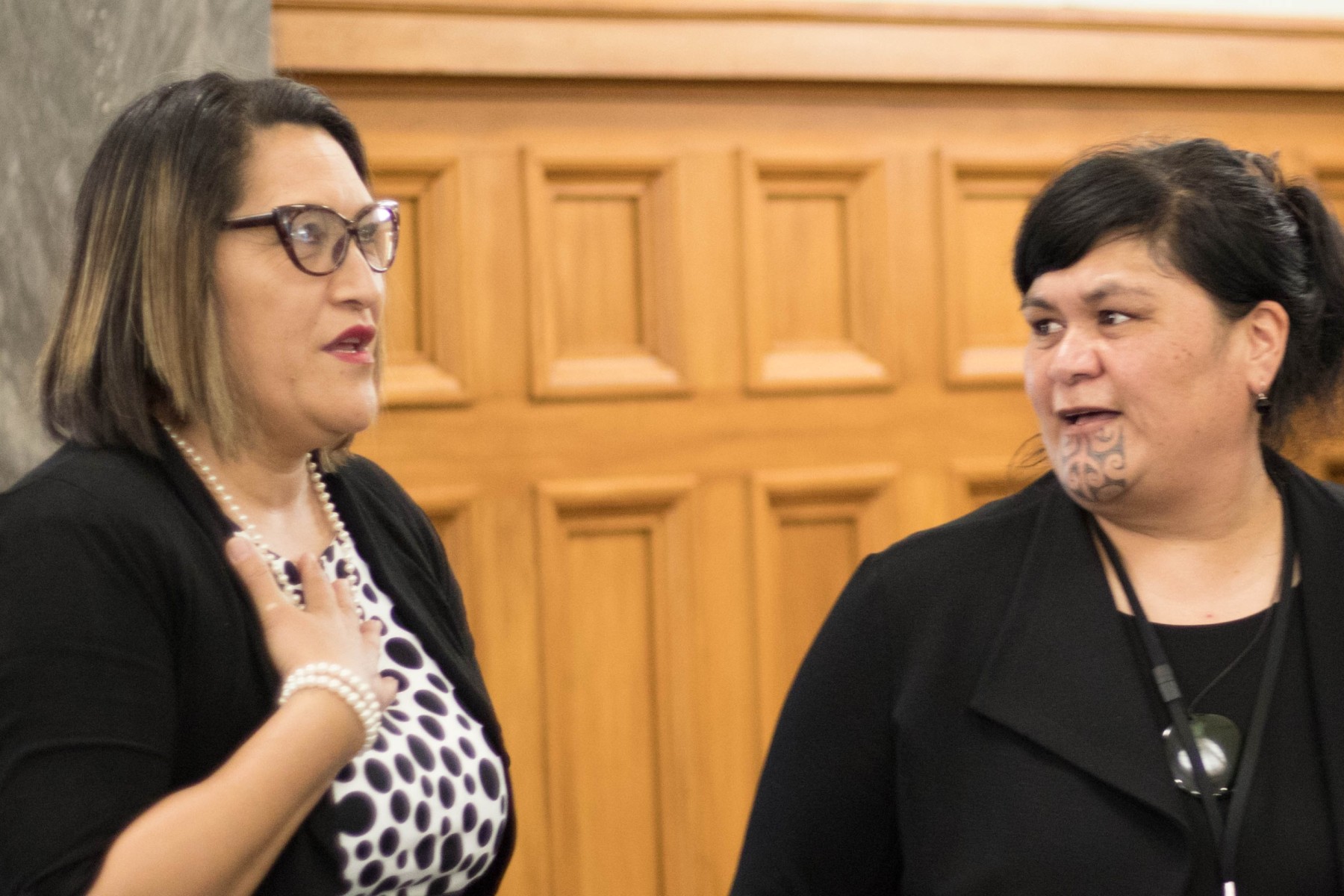
Tā moko were symbols of status and privilege, but with the colonisation of New Zealand, the practice began to die out. Today, it has had a revival as both an art form and a way for Māori to connect with their heritage.
Traditionally, only individuals of high social standing could afford or were even allowed to wear moko. They were more than just tattoos, as we might think of them today. They contained information about the wearer. However, with the arrival of colonisation in New Zealand, tāmoko as a practice was disrupted.
Missionaries and Pākehā, found the practice fascinating while discouraging its use. By the mid-19th century the frequency of full facial moko for men had declined, but women continued to practice moko kauae on their lips and chin even throughout the 20th century.
Tattooing as an art form began to gain popularity in the later part of the century. In the 1970s, adopting tā moko was both an act of protest against European society and a way for Māori to feel proud of their cultural heritage. In the last twenty years, tā moko has had a huge resurgence. The strong tattooing cultures of the Pacific islands, including Samoa, have also helped to revive the artform in New Zealand.
Today tā moko is achieved with a needle using a tattoo gun, although some artists might use both traditional handheld methods and a needle throughout their practice.
What designs are included in Tā moko?
Tā moko uses similar elements to achieve its design, all of which hold significance. The spirals which are commonly found on the nose, cheek, and lower jaw serve to accentuate facial expressions. Tthe primary lines called "manawa," translate to "heart" and are used to depict the journey of a person’s life.
Other common design elements are the "koru." This symbol is found in many places in Māori culture and represents an unfurling fern - a symbol of new life or a new path. When used in moko, it usually signifies a loved one or a family member. Multiple korus off a main line may signify the number of siblings or children in a family. The placement of each design is also important.
What do our customers say?





For every (wise)move
